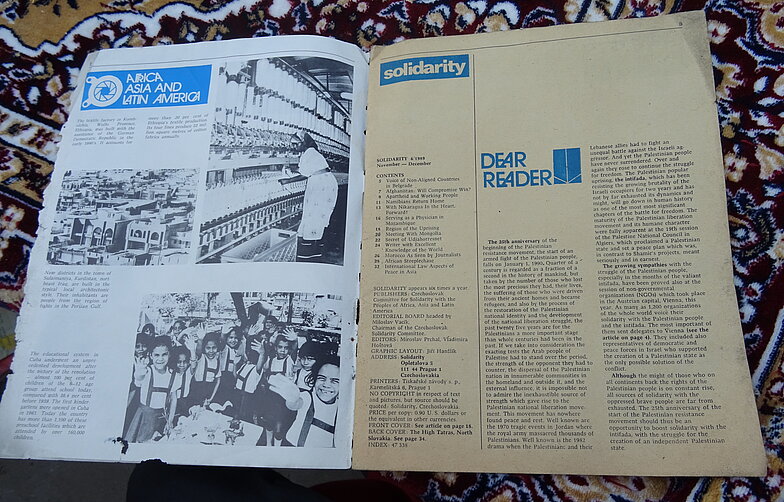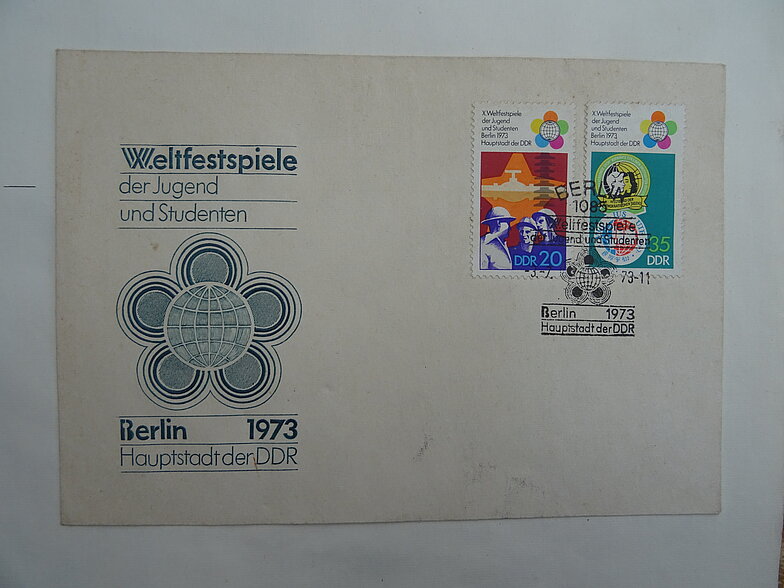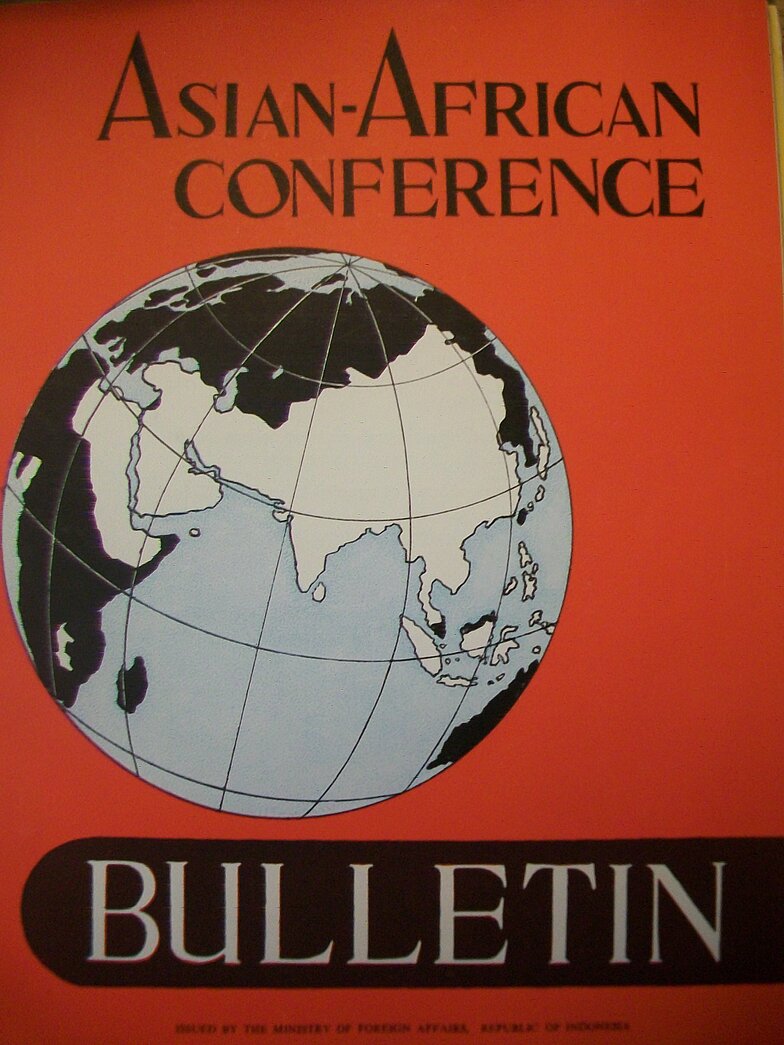As a contestation of political ideologies, a competition to ‘win hearts and minds’, and a struggle for forging transnational loyalties, the Cold War unfolded in sites spread across the world. Its ambit of influence, relying both on soft and hard power, extended far beyond the geographical bounds of Europe, North America and the Soviet Union. And yet, voices from the globe’s two largest continents–Africa and Asia–which were at the heart of Cold War scenarios, often seem to be closeted, even invisible, in Cold War historiography.
While some scholars have diverted their attention independently to these two world-regions, mainly by looking at their interactions with the ‘blocs’, little is known about their interconnections (Westad 2012, Calori et al 2019, Slobodian 2015). Missing out on these interconnections has given us a one-sided picture of the Cold War in which the global South appears either as an extended theatre of Euro-American/Soviet politics or marginally as a constellation of satellites left with the only choice of aligning with either of the two blocs. It is only recently (a decade to be precise) that a handful of scholars have begun to investigate Afro-Asian entanglements during the Cold War (Bystrom et al 2021, Lewis and Stolte 2019, Leow, Lewis and Stolte 2018, Lüthi 2020, Menon 2014, Shimazu 2014, Stolte 2019). Although a necessary intervention, this scholarship is sparse and comes with its own limitations, whereby entanglements are either spatially restricted to the geographical ambits of the two continents or studied only in sites located in Euro-America and the Soviet Union. Both by looking at Afro-Asian interconnections across Africa and Asia as well as by charting them in sites located in the blocs, CRAFTE goes beyond the limiting spatial lens through which even the few entangled histories have been written so far. At the same time, critically following actors’ trajectories and practices, the project goes beyond the analyses of state programmatics, institutions and discourses, which have dominated Cold War research. At its centre-stage is the question: How were Afro-Asian actors embedded in, and in turn how did they shape, the global Cold War?
In order to understand the nature of ‘interconnections’, CRAFTE deploys the framework of entanglements “horizontally”, i.e. without postulating any centre-periphery divides or spatial hierarchies. The project’s central aim is to explore the scope and extent of South-South connections and how they were ‘crafted’ through material, symbolic and everyday practices during the Cold War. By focusing on networks, organizations, unions, cultural events, and not the least, technologies, the project aims to show how Afro-Asian actors shaped the global Cold War and how these interconnections in turn informed mutual representations/imaginaries of the other. After all, not only did these interactions forge dynamic (though asymmetrical) relationships between Euro-America/Soviet Union and Asia-Africa, but also those between Asia and Africa. As an interdisciplinary endeavour, CRAFTE’s novelty lies in that: firstly, it foregrounds an entangled history of the Global Cold War, whereby African and Asian actors are not treated as passive receivers but active co-shapers and ‘political engineers’ of this global phenomenon; and secondly, it expands the spatial remit of Afro-Asian interconnections across sites in both the global north and the global south, in which interactions are approached through a textured understanding of power asymmetries and not necessarily through idealized forms of solidarity.


